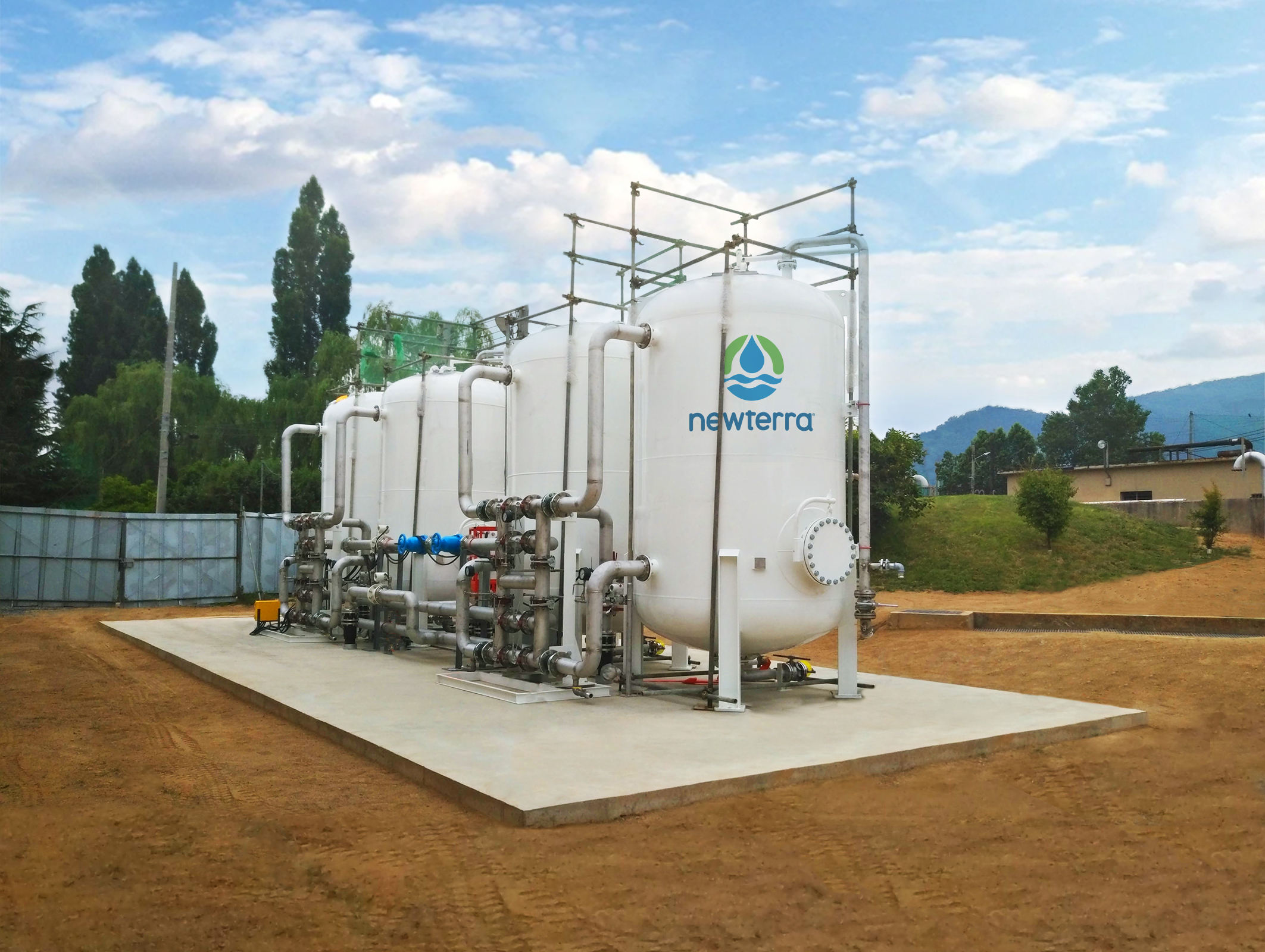Cutting-edge PFAS Therapy Solutions for Safer Water
The increasing prevalence of PFAS contamination in water materials demands a crucial assessment of cutting-edge therapy solutions. Additionally, emerging bioremediation methods use a more lasting method to dealing with PFAS obstacles. pfas management.
Review of PFAS Contamination
PFAS contamination has actually become a considerable environmental and public health and wellness problem. Per- and polyfluoroalkyl materials (PFAS) are a team of artificial chemicals known for their persistence in the setting and body, leading them to be generally described as "for life chemicals." These substances have actually been extensively made use of in different markets, consisting of firefighting foams, water-repellent textiles, and food product packaging, mostly as a result of their water- and grease-resistant homes.
The extensive use PFAS has resulted in their discovery in dirt, water products, and even in the blood of people and animals. Studies have actually connected PFAS exposure to various wellness concerns, including developing impacts in infants, immune system dysfunction, and various forms of cancer cells. Furthermore, the environmental determination of these compounds complicates their degradation and elimination, increasing issues about lasting environmental impacts.
Regulatory bodies are significantly applying stringent guidelines to check and minimize PFAS levels in alcohol consumption water and other environmental tools. As awareness of PFAS contamination grows, it has actually become necessary for neighborhoods and industries to look for effective therapy services to minimize direct exposure and protect public wellness.
Advanced Filtering Technologies
As the urgency to attend to PFAS contamination magnifies, progressed filtering modern technologies have become a critical component in the removal efforts targeted at getting rid of these consistent chemicals from water resources. These technologies take advantage of sophisticated systems to properly target and catch PFAS compounds, which are notoriously immune to conventional therapy approaches.
One of the most encouraging methods is making use of granular activated carbon (GAC), which adsorbs PFAS molecules as a result of its high area and porous framework. This approach has been widely carried out in both metropolitan and industrial setups, showing considerable reductions in PFAS focus. Additionally, ion exchange resins have gotten grip, especially developed to precisely bind PFAS ions from water, hence promoting their elimination.
Membrane layer filtration innovations, such as reverse osmosis and nanofiltration, likewise reveal efficiency in PFAS removal by physically separating pollutants from water - pfas management. These systems can attain high degrees of pureness, making them ideal for alcohol consumption water applications
Chemical Therapy Developments
Various chemical treatment developments are being checked out to successfully attend to PFAS contamination in water products. One encouraging technique includes the usage of sophisticated oxidation procedures (AOPs), which make use of effective oxidants such as ozone, hydrogen peroxide, or chlorine dioxide incorporated with UV light to damage down PFAS compounds into less hazardous substances. This method has actually shown efficiency in laboratory setups, revealing prospective for scalability in real-world description applications.
One more innovative strategy is the development of ion-exchange materials particularly made to target PFAS. These resins can uniquely adsorb PFAS compounds from water, allowing for their elimination throughout treatment processes. Current improvements have improved the performance and capacity of these resins, making them a favorable alternative for water treatment facilities.
In addition, scientists are examining making use of chemical representatives like persulfate and ferrous ions to improve the deterioration of PFAS in polluted water. These agents can generate chain reaction that help with the breakdown of relentless PFAS compounds.
Arising Bioremediation Methods
Recent innovations in chemical treatment advancements have actually led the way for exploring bioremediation strategies as a feasible alternative for resolving PFAS contamination. Bioremediation utilizes the all-natural metabolic processes of microbes to deteriorate or change pollutants, making it an attractive approach for taking on persistent impurities like PFAS.
Emerging methods in bioremediation consist of using genetically crafted bacteria that can specifically target and break down PFAS substances. These microbial strains are being established for their boosted degradation capacities, increasing the effectiveness of the removal procedure. Additionally, researchers are exploring the potential of plant-assisted bioremediation, where specific plant types might uptake and sequester PFAS from infected dirt and water.
Another appealing technique is the application of bioaugmentation, which entails introducing useful microbes right into contaminated environments to improve the deterioration of PFAS. This method can help with faster remediation timelines and enhance general performance.

Governing Structures and Specifications
A thorough regulative framework is necessary for effectively managing PFAS contamination and guaranteeing public health and wellness defense. The increasing acknowledgment of per- and polyfluoroalkyl substances (PFAS) as environmental pollutants has actually prompted numerous federal and state companies to establish criteria that govern their visibility in click for more water materials. The United State Epa (EPA) has actually established wellness advisories and is functioning toward setting enforceable limits for PFAS in drinking water.
State-level regulations vary dramatically, with some states embracing stricter standards than those proposed by the EPA. These policies typically include optimum pollutant degrees (MCLs) for certain PFAS substances, surveillance needs, and reporting commitments for water utilities. Additionally, emerging structures focus on the remediation of contaminated websites, stressing the demand for effective treatment modern technologies.

Conclusion
In final thought, the growth and application of innovative PFAS therapy solutions are important for dealing with the pervasive issue of water contamination. Advanced purification modern technologies, chemical treatments, and arising bioremediation methods collectively offer a complex method to effectively decrease and deteriorate PFAS levels. As regulative frameworks continue to progress, incorporating these innovations will certainly be crucial to protect public health and wellness and restore the honesty of contaminated water resources, ultimately adding to a cleaner and safer setting.